A visit to the Anne Frank House Museum in Amsterdam is an incredibly moving, insightful experience that continues to serve as a reminder the importance of human rights, tolerance and acceptance for others, regardless of differences.

The Anne Frank House museum itself is located at Prinsengracht 263-267, right around the corner from the West Church in Amsterdam. The rear section, referred to as Achterhuis (Secret Annex), is where the young Jewish Anne Frank, her family and four others remained in hiding from Nazi persecution between June 14, 1942 and August 1, 1944.
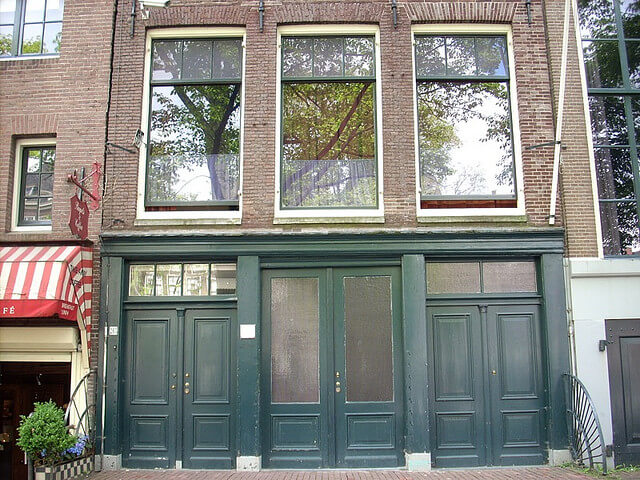
Anne, Her Family and the Others in Hiding at the Anne Frank House
Anne Frank was born in the German town of Frankfurt am Main on June 12, 1929. Her early years were happy and carefree, but as Hitler began to rise to power, spreading his messages of anti-Semitism throughout, Anne’s parents began to fear persecution and thus decided to move to the Netherlands.
![Young Anne Frank at School in 1940. By Unknown photographer; Collectie Anne Frank Stichting Amsterdam (Website Anne Frank Stichting, Amsterdam) [Public domain], via Wikimedia Commons.](https://travelingeurope.biz//wp-content/uploads/2015/11/Anne-Frank-school-photo-182x300.jpg)
The family then decided to go into hiding the back area of Otto’s warehouse, along with the help of some of his employees, Johannes Kleiman and Victor Kugler and later Miep Gies and Bep Voskuijl, Miep’s husband Jan Gies and warehouse boss Johannes Voskuijl, Bep’s father. They are joined by another family, the Van Pels, and later another friend of Otto’s, Fritz Pfeffer. In total there were eight people that lived in hiding in the Secret Annex.
When visiting the actual location of the Secret Annex, you can only begin to imagine what life would have been like for eight people to live in such as small space, even though this was relatively large for people in hiding at the time. They had to stay very quiet, in fear of being discovered by the workers downstairs. Furthermore, they were completely dependent on the helpers, who would bring food, clothing, books and other necessities.
The entrance to the hiding place was behind a moveable bookshelf, which is still in the museum today.
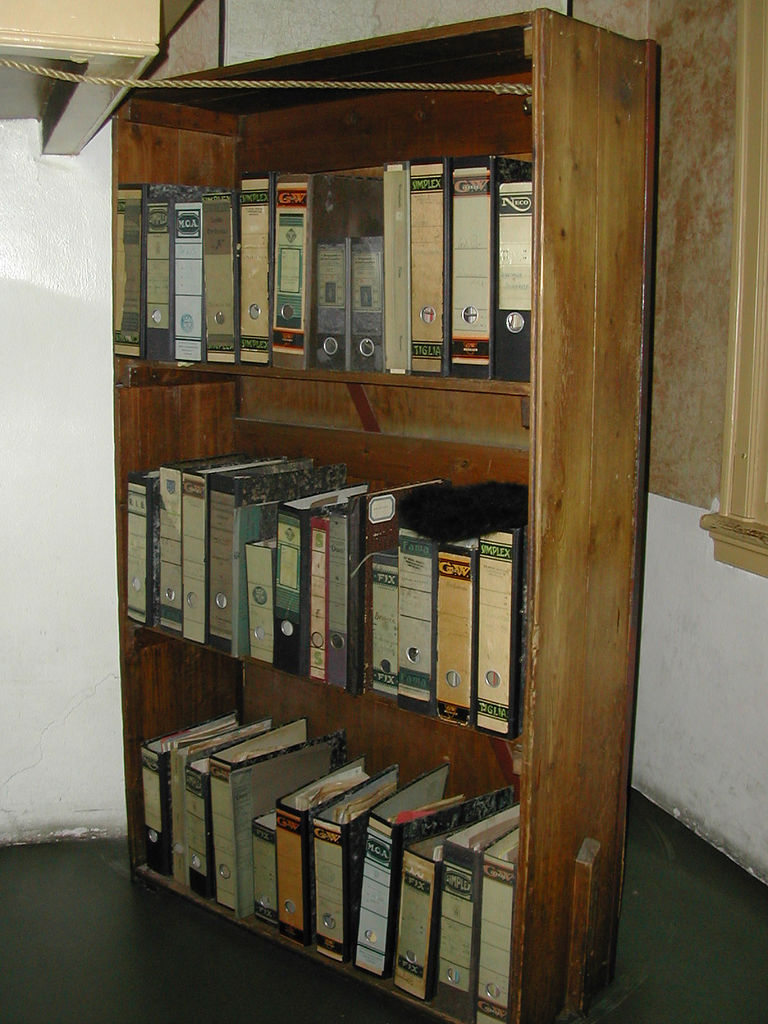
Before going into hiding, Anne’s parents gave her a diary for her birthday. This would serve as her salvation during the time in hiding. She writes:
“The nicest part is being able to write down all my thoughts and feelings, otherwise I’d absolutely suffocate.”
The Diary Lives On
On August 4, 1944, the authorities are given an anonymous tip about the Secret Annex and they arrest all eight of the people in hiding, including two helpers Johannes Kleiman and Victor Kugler. Despite extensive investigations, it is still not clear who betrayed the families. After the families has been taken away, the two other helpers who were not arrested, Miep Gies and Bep Voskuijl, go up to the Secret Annex and save Anne’s diary.
Anne’s father Otto is the only one to survive the war. Upon returing to the Netherlands, he learns that his family has all died, he stays with Miep and Jan Gies and remains with them for another seven years. Miep gives Otto Anne’s diary, and when reading it he is completely moved by her words.
She expresses a desire for the writing to be published as a novel, and Otto wishes to fulfill this for his daughter. He contacts some historians, including Jan Romein, who writes a short article about Anne’s diary in the Dutch newspaper “Het Parool”, April 3, 1946.
“To me, however, this apparently inconsequential diary by a child… stammered out in a child’s voice, embodies all the hideousness of fascism, more so than all the evidence at Nuremberg put together.”
A few publishers are interested and on June 25, 1947 it is published in an edition of 3,000 copies. Today, Anne’s story has become world famous, published in countless languages all over the world.
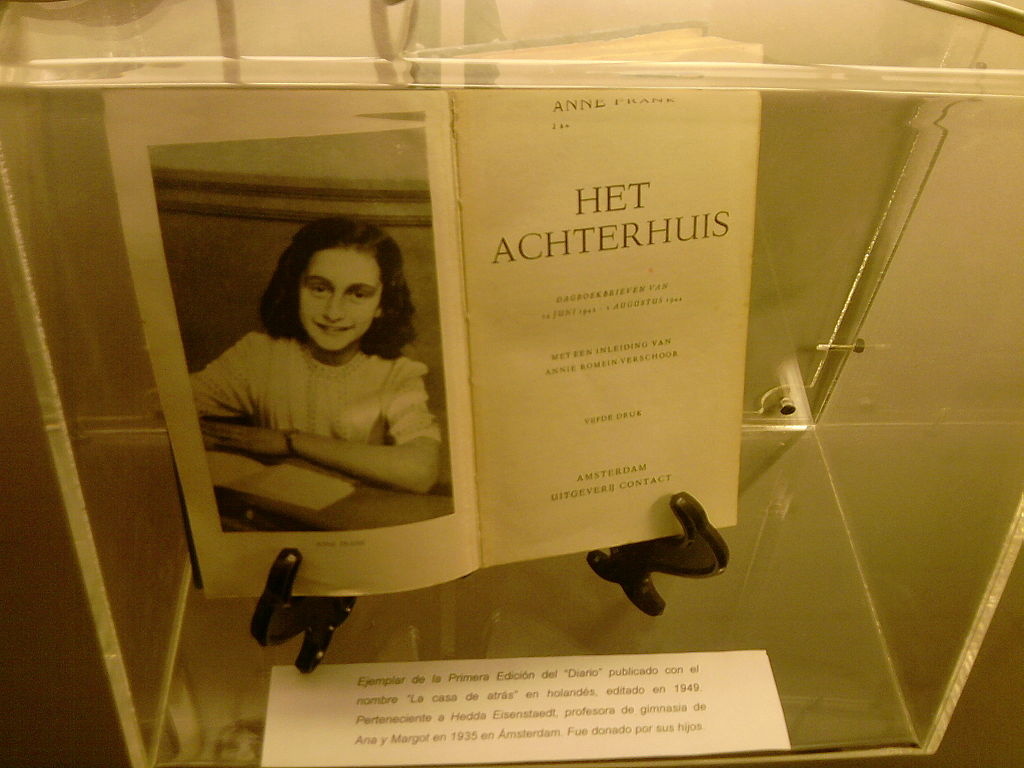
The Anne Frank House Museum
In 1960, the Anne Frank House officially became a museum, and Otto Frank is heavily involved until his death in 1980. The Anne Frank House is the third most visited museum in the Netherlands, which is remarkable considering actually how small it is.
When I visited it was during the off-season for tourism so the wait was not extensive, but during the more popular months you can expect to wait for hours. This shouldn’t be a discouragement, however. It was one of the most interesting and moving museums that I have ever been to. It is so important that we continue to be reminded to the ramifications and suffering that can come from intolerance for others.




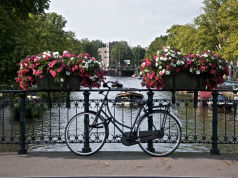


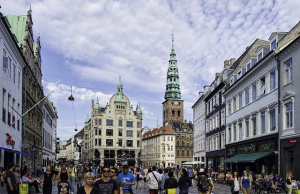

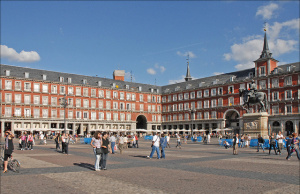


Nice Pic..
check out this new group travel app.
https://www.youtube.com/watch?v=_SPRfHLjYBs

Get the Android app – http://www.pravaapp.com/get
Visit our website – http://www.pravaapp.com
Connect with us on Facebook – http://www.facebook.com/pravaapp
Connect with us on Twitter – http://www.twitter.com/pravaapp
Watch our videos on YouTube – http://www.youtube.com/c/pravaapp
Comments are closed.